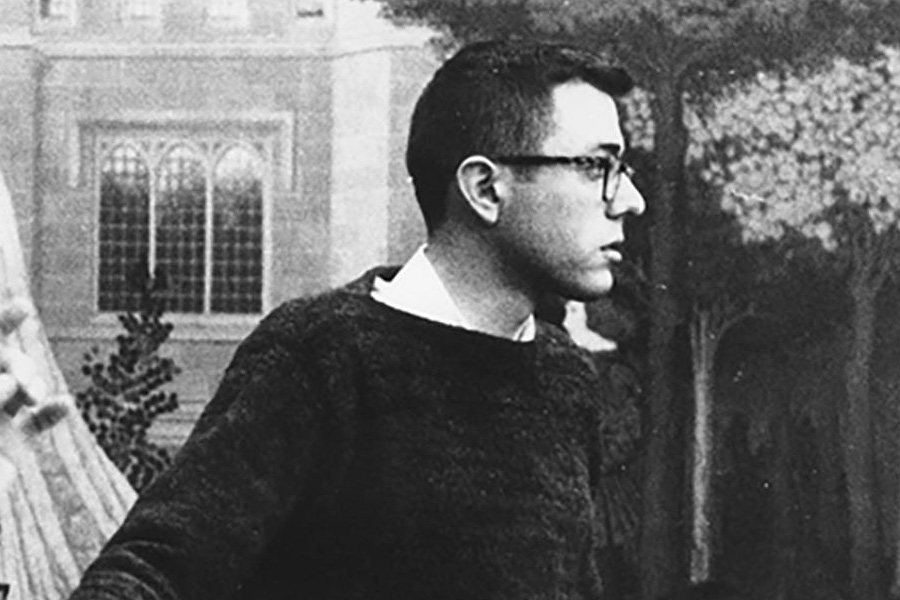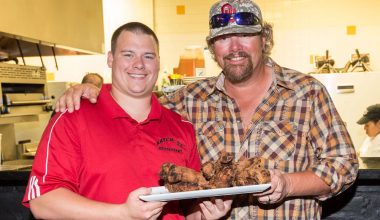Basic Information
| Field | Details |
|---|---|
| Name | Deborah Shiling |
| Known for | First wife of Bernie Sanders; longtime Vermont resident and community volunteer |
| Marriage to Bernie Sanders | Married 1964 — Divorced 1966 |
| Later spouse | Bob Messing (married circa 1967) |
| Children | Reported to have had a daughter (circa 1972) after remarriage; no children with Bernie Sanders |
| Education | Associated with University of Chicago era (1960s student/activist milieu) |
| Residence | Vermont (longtime) |
| Religion / Background | Jewish (noted in historical accounts) |
| Public profile | Private; appears mainly in biographies and local reporting |
| Net worth | Not publicly documented |
I’ve always been drawn to the small margins of big biographies — the people who exist just offstage when history center-cuts the hero. Deborah Shiling is one of those margins, a name that flickers in the narrative of a more famous life — Bernie Sanders — and then quietly recedes. But that flicker deserves attention; it tells us about time, place, and the tiny, domestic transactions that shape later chapters.
The early years and a brief marriage (1964–1966)
In the cinematic arc of the 1960s, Deborah appears during the University of Chicago and early-activist years — the kind of person in smoky student rooms, arguing policy and dreaming of change. She and Bernie Sanders married in 1964; the marriage lasted until 1966. Those years — two, compact, decisive — sit like a short film within a director’s entire oeuvre: intense, formative, and then over. There’s no public record of children from that union; Bernie’s well-known son, Levi, was born in 1969 to Susan Campbell Mott, not to Deborah.
Vermont, a second marriage, and a quieter life (1967–1970s)
After the divorce, Deborah’s life continued in the same geographical orbit: Vermont. She reportedly married Bob Messing around 1967, a move that shifted her from an early chapter tied to Bernie into a different domestic narrative. Property transactions were done — a buyout of a shared property in 1968 is noted in local accounts — and a daughter arrived about five years later (roughly 1972). If the first marriage reads like a short, sharp scene, this second arc is lower-key: a longer, steadier seam sewn into Vermont’s social fabric.
Public presence — private person
Deborah’s public profile is minimal. She’s the kind of figure who appears in newspaper paragraphs, not full-feature profiles: mentioned in biographies of others, referenced in local interviews, seen in passing in accounts of the 1960s kibbutz trip and student activism. There’s no catalogue of job titles, no LinkedIn trail, no financial portfolio to pry into — just community involvement and quietly chronicled volunteer work in later years. For many of us, that’s normal life: meaningful at the local level, invisible on the national stage.
Family roster — who’s who
Here’s the practical family list, laid out like a small program from an indie film:
| Relationship | Name | Brief introduction |
|---|---|---|
| Ex-husband | Bernie Sanders | U.S. politician; married Deborah 1964–1966. |
| Later husband | Bob Messing | Married Deborah circa 1967; long-time Vermont resident. |
| Daughter | — (unnamed in public accounts) | Born roughly 1972 after Deborah’s remarriage. |
| Not a child of Deborah | Levi Sanders (b. 1969) | Bernie Sanders’s son; mother is Susan Campbell Mott. |
I like that table — it’s tidy, like a cast list. But life isn’t tidy; the blur between public record and private recollection is thick with human detail that never makes it into print.
The person behind the page
If you picture Deborah in a single shot, imagine a mid-60s photograph: a woman with a book in her lap, a crowd behind her, the light caught on a protest sign — half-idealistic, half-exhausted. She moved through the era’s current: student politics, volunteerism, travel to communal projects (like a kibbutz), then into Vermont’s slower cadence. Her life reads less like headline fodder and more like the connective tissue of community: volunteering, neighborly ties, small acts that don’t obtain a byline.
What we don’t know — and why that matters
You can map what’s missing nearly as easily as what’s present. There’s no public net-worth estimate, no career dossier, no exhaustive family tree laid out for readers. That absence is its own statement — one about privacy, about whose lives become public property, and about the selective appetite of historical memory. Deborah’s narrative is built from a few dates and mentions; the rest remains humanly granular and, therefore, private.
I confess — writing about someone who intentionally sits outside the limelight feels like reconstructing a face from a few good shadows. But there’s a tenderness to that: the recognition that many lives matter more in living than in being archived.
FAQ
Who is Deborah Shiling?
Deborah Shiling is best known as the first wife of Bernie Sanders; they were married from 1964 to 1966, and she later became a Vermont resident with a quieter public life.
Did Deborah Shiling have children with Bernie Sanders?
No; Bernie Sanders’s son Levi (born 1969) is the child of Susan Campbell Mott, and Deborah is not listed as Levi’s mother.
Did Deborah remarry after divorcing Bernie Sanders?
Yes — she reportedly married Bob Messing around 1967 and later had a daughter around 1972.
What was Deborah Shiling’s career and net worth?
Public records do not show a detailed career biography or any verified net-worth figures; she appears to have been a private individual involved in local volunteer activities.
Is Deborah Shiling active on social media?
There is no prominent or widely known social-media presence tied to her name; she maintains a low public profile.
Where did Deborah live most of her life?
She is associated with Vermont as a longtime resident after the mid-1960s.
Was Deborah involved in activism?
Yes — accounts place her within the 1960s student/activist milieu (University of Chicago era) and mention participation in communal projects and volunteer work later on.
Why is there limited information about her?
Deborah appears to have lived deliberately out of the national spotlight, so public records and profiles focus more on the famous figures around her than on her own private life.



